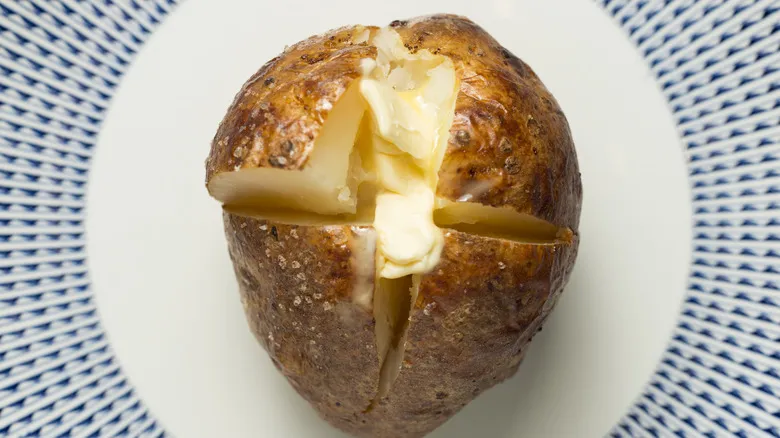Internal temperature is the number that matters for optimal texture

As we will explore further later, there is still some debate about the absolute best oven temperature for baking potatoes. However, you need not stress over this — what truly counts is the internal temperature: the reading on a thermometer when inserted into the center of a freshly baked potato. This can only be accurately measured with a probe thermometer, so consider picking one up at a kitchen supply store or online.
When the potato appears to be finished, check for a temperature between 205 and 212 degrees Fahrenheit. This range guarantees that the potato will be light, fluffy, and thoroughly cooked throughout. As potatoes bake, their starchy interiors absorb moisture from the potato itself, and this steam causes the potato to expand and puff up, resulting in the desired fluffy texture. This internal expansion is why recipes recommend pricking small holes with a fork; it helps prevent any potential explosions! Reaching the correct temperature ensures that the starchy insides remain moist but not overly so, allowing them to easily yield when cut — no more struggling with tough, undercooked potatoes. If your thermometer does not register this temperature or if you find it difficult to prick the potato, continue cooking it for a little longer. (In contrast, sweet potatoes, which are slightly less starchy, have smaller starch granules and do not puff up as much when baked; instead, they become creamier. Therefore, their baking method will differ.)
Oven temps can vary depending on the potato
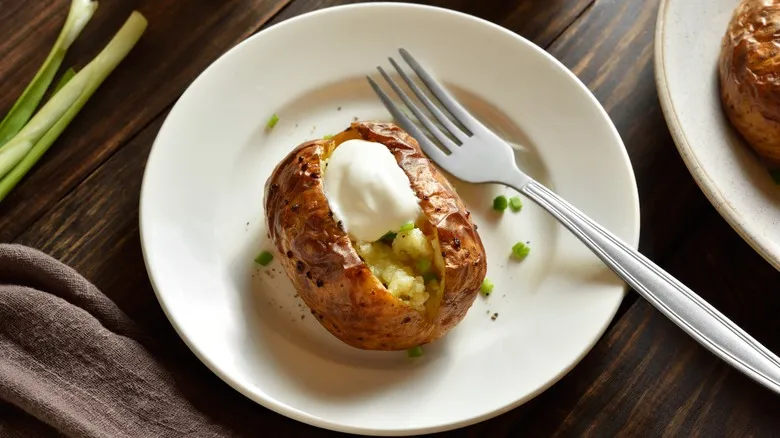
Examine 10 different recipes, and you'll discover 10 unique perspectives on the ideal oven temperature for baking potatoes. This variation exists because there isn't a single correct temperature; it largely depends on the type and size of the potato you're using. Naturally, larger potatoes require more cooking time, and if you're fitting them in with other dishes at a lower oven temperature, they may take over an hour to cook. You'll find recipes that recommend preheating the oven anywhere from 250 degrees Fahrenheit to 450 degrees Fahrenheit. However, be cautious not to raise the temperature too high in an attempt to speed things up, as this could result in burnt potatoes. Ultimately, it's essential to monitor the internal temperature closely and watch for signs like blistering or excessively dark skins, which may indicate overcooking or an overly hot oven.
Once you've achieved the perfect baked potato, the choice of toppings is entirely yours. Stick with the classics like butter, salt, and perhaps a spoonful of sour cream, or go all out with a variety of toppings. You can also take a cue from British cuisine by transforming your potato into a hearty meal by inserting a hot dog into it, inspired by Guy Fawkes night traditions.
Recommended

The One Brand Of Chocolate Ina Garten Always Bakes With
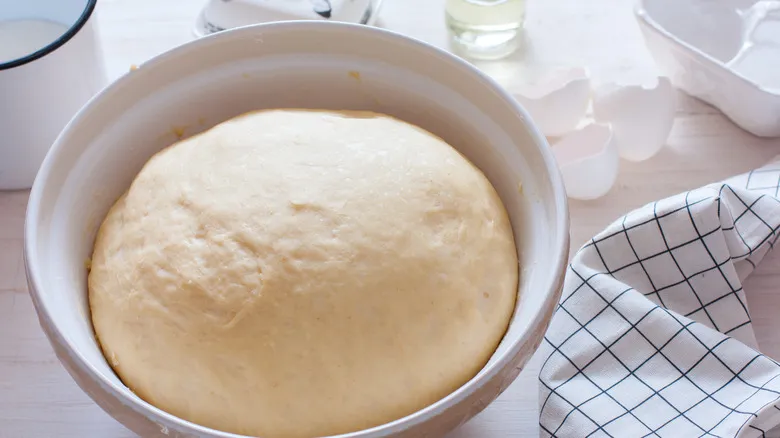
The Air Fryer Shortcut To Proof Bread Way Faster
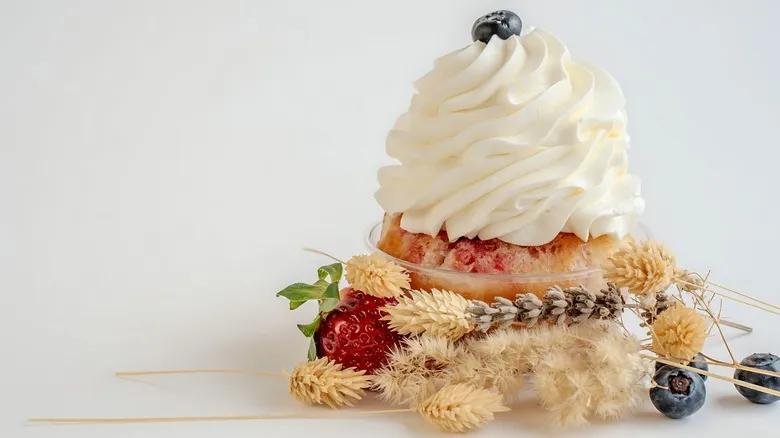
Make Homemade Whipped Cream Easier And Better With One Simple Swap
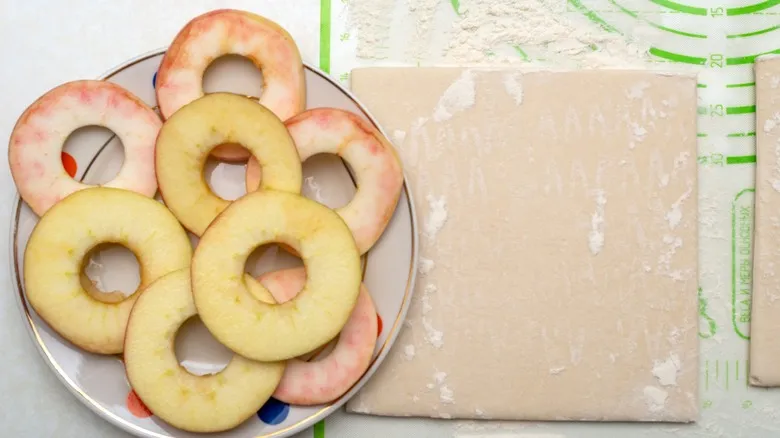
There's A Better Way To Cut Apples For Delicious Hand Pies
Next up

